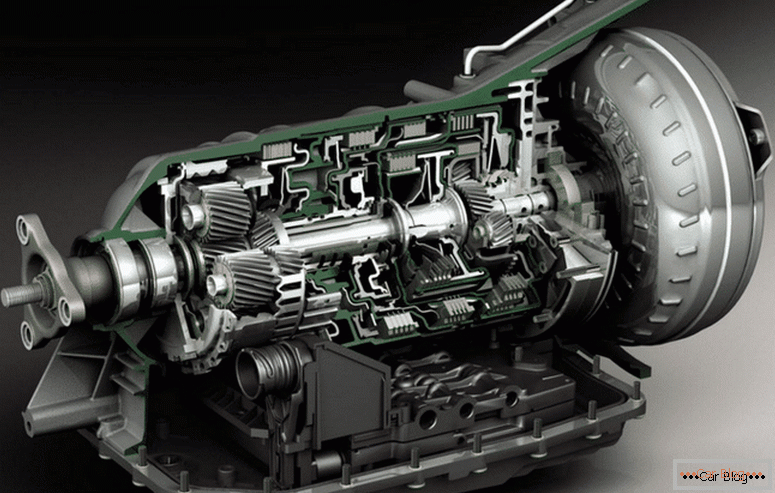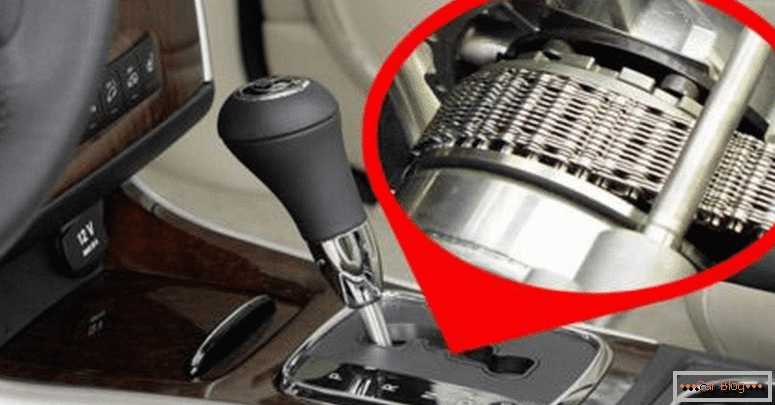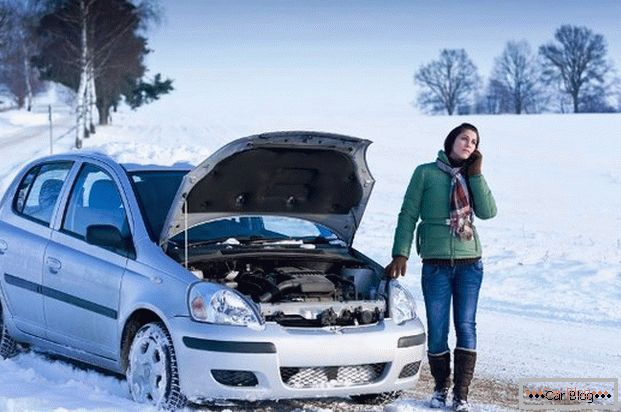Many drivers, picking up a new car, deliberately refuse to manual transmission. They can be understood, because moving in traffic jams is much more comfortable without constant tugging of the gear knob. Yes, it is also easier to “fly” along the route, even taking into account the restructuring from row to row.
However, they face a new dilemma, which is better than a variable or automatic. These transmissions have very similar visual qualities. We will try to deal with their similarities and differences, as well as which of the features is an advantage, and what draws on the disadvantages.
Content
- 1 Automatic transmission
- 1.1 The main advantages of the "machine"
- 1.2 the Main disadvantages of the “machine”
- 2 Layout with variator
- 2.1 Main advantages of the variator
- 2.2 The main disadvantages of the variator
- 3 Results
Automatic transmission
This type of gearbox is a more vulnerable option for a complete set of cars, this explains a lot about the difference between the variator and the automatic. The first "automatic", laid the foundation of this industry, equipped with American cars in the middle of the last century. The principle of operation of this device since then is based on harmonious duets from the torque converter and planetary gearboxes.

Automatic transmission
The first element is responsible for the smooth transmission of torque, and the second is all the shafts and gears, which should engage with each other.
Modern gearboxes of this type have four to eight stages.
Mass production of cars with this node contributed to improving the reliability of the majority of produced automatic transmissions. This applies to leading automotive developers. Young companies do not always take on the independent development of the “automaton”, but prefer to use sites that have proven themselves on the positive side.
The main advantages of the "machine"
Positive is in the following points:
- It is easy to drive a vehicle with automatic transmission, for which it is loved by not very experienced drivers;
- Gear shift occurs in automatic mode by hydraulics after the driver presses the accelerator pedal;
- Structural reliability ensures respect for the motor. Unlike the "mechanics", a car with automatic transmission does not over-exert the engine and the clutch by aggressive driving.
The main disadvantages of the "machine"
In addition to the positive aspects, there are also negative facts:
- Noticeable reduced dynamics - the difference between the machine and the variator and the box with the "mechanics". Overclocking from budget units will be slower than the other two types, although on premium options this difference is leveled;
- Fuel consumption will be an increase on the automatic transmission in 1-2 liters than on the variator. Sometimes driving style can compensate for this disadvantage. Also, there are already some models of cars, in which the difference is the opposite;
- More high gear oil requirements, its quantity and frequency of replacement will cost the owners of this type of car more expensive than for the other configurations.
Layout with variator
Transmission rotation using the variator was invented earlier. She assembled various mechanisms and components in the industry. However, cars began to install such a transmission relatively recently.
The basis of this arrangement are two shafts on which the integral cone pulleys are fixed with the possibility of changing the diameter. Between themselves, they are connected by chains or a driving reinforced belt.

Car variator
Due to the dynamic (on the go) change in the diameter of the pulleys, the gear ratio between the shafts changes as smoothly and continuously as possible. Thus, those who are interested in how to distinguish the variator from the automaton should be found in the marking of the transmission to find the abbreviation CVT (Continuously Variable Transmission) meaning steplessness.
The main advantages of the variator
Highlight the positive qualities of this configuration:
- Dynamics noticeably better than the average "automatic" or even "mechanical" gearbox;
- Almost perfect smooth running when changing the gear ratio between the shafts, which is not a manual transmission, or even automatic transmission;
- Fuel waste noticeably lower than other variants of transmission units.

It should be noted that this design of the gearbox is the most loyal to the resource of the motor, at the same time simplifies driving a car, as well as the automatic transmission.
See also: Which transmission is better: automatic or mechanicThe main disadvantages of the variator
This gearbox also has negative sides:
- Repair work with this node is quite time-consuming and highly paid. A small number of specialists is due to the still weak distribution of this automobile node. More often repairs are carried out only at specialized stations;
- Belt required to change at least 100-150 thousand kilometers, which entails additional costs;
- Gearbox is very sensitive to oil typewhich is selected for almost every car model individually. In case of problems with oil, the entire unit may fail, which will lead to costly repairs or complete replacement.
Results
Finding out that the variator or automatic is more reliable, one can find arguments in favor of both types of transmissions. It is important to determine the future service and performance of the vehicle. When buying a used car with these transmissions should also consider the degree of wear and maintenance of components. It is also advisable to select more common options, which later will be easier and cheaper to maintain on their own. But all other things being equal, the good old time-tested automata are more reliable than the relatively new CVT.



